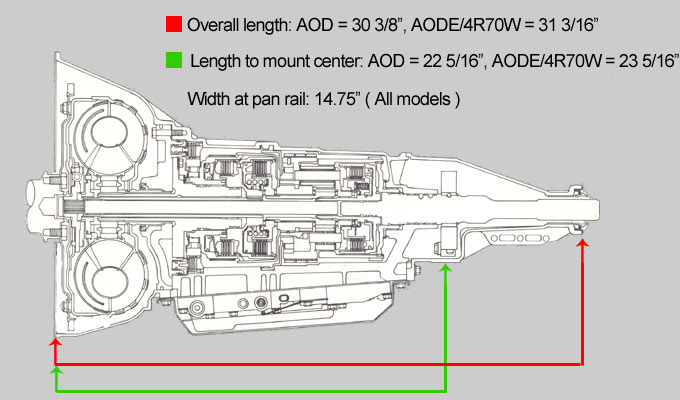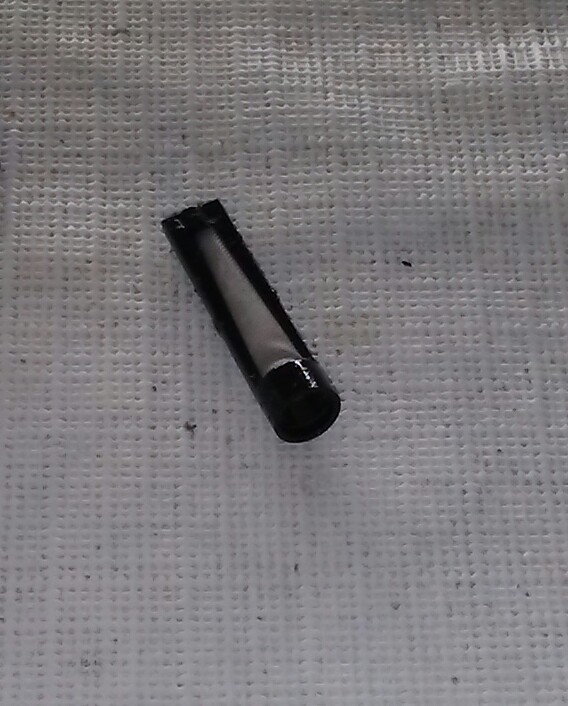


General Motors and Chrysler swiftly followed. General Motors joined the crowd with its Turbo 200 and 200-4R.įord’s automatic overdrive (AOD), first introduced in 1980, was the first domestic automatic overdrive transmission. Chrysler did the same thing with its 904 Torqueflite with a locking converter and its “Lean Burn” electronic engine/powertrain control system in the late 1970s. Ford fitted these internals to a fresh cast-aluminum case with an overdrive unit.įord’s fuel-efficiency approach began first with locking torque converter 3-speed automatic transmissions such as the Ford C5, which was an updated version of the venerable C4. What makes the AOD rugged is its geartrain, consisting of a Ravigneaux compound planetary gearset borrowed from the older, time-proven MX, FX, and FMX transmission family. And Ford was no exception.įord’s Automatic Overdrive (AOD) entered service in 1980 in full-size Fords, Mercurys, and Lincolns. This time Detroit was ready with more-fuel-efficient automatics with direct mechanical lockup torque converters. When the second oil cri-sis arrived in 1979, it brought with it increased fuel-economy standards imposed by the federal government.

However, what seemed short-lived would be our ultimate destiny: higher fuel prices. Fuel had long been cheap and plentiful, and it was a great ride while it lasted. Large-displacement carbureted V-8s, heavy automobiles, and 2- and 3-speed straight-drive automatics came with a price at the pump. When the Arab Oil Embargo unfolded during the winter of 1973–1974, it was a rude awakening for spoiled American motorists. Overdrive, which had been quite common prior to World War II, faded away amid cheap and plentiful gasoline and low-buck engine overhauls. Gas wars were common, with fuel at giveaway prices. We became wasteful in the years following World War II because fuel was in plentiful supply. The prosperous postwar years provided time to forget about the Great Depression and fuel/material shortages. Ford AOD and 4R70W Transmission History and Evolution If you’d like to get a head start on your reading, check out this excerpt on the history of the AOD and 4R70W transmissions. Anyone with an AOD, AODE, or 4R70W transmission in their car-or anyone interested in swapping one into their vehicle of choice-should check out Ford AOD Transmissions : Rebuilding and Modifying the AOD, AODE and 4R70W for a comprehensive guide on rebuilding, modifying, and reinstalling these great transmissions. Steadily increasing fuel efficiency and more comfortable cruising capabilities have kept these overdrive transmissions popular more than 40 years later, and they aren’t going away anytime soon.Įven enthusiasts of pre-1980s cars are fans of the AOD and 4R70W transmissions, swapping out their older parts to gain the benefits of overdrive in their classic chassis. Since their introduction by Ford in the 1980s, the AOD, and later the 4R70W, have helped set the standard for modern transmissions. Learn to Rebuild and Modify AOD and 4R70W Ford Transmissions


 0 kommentar(er)
0 kommentar(er)
